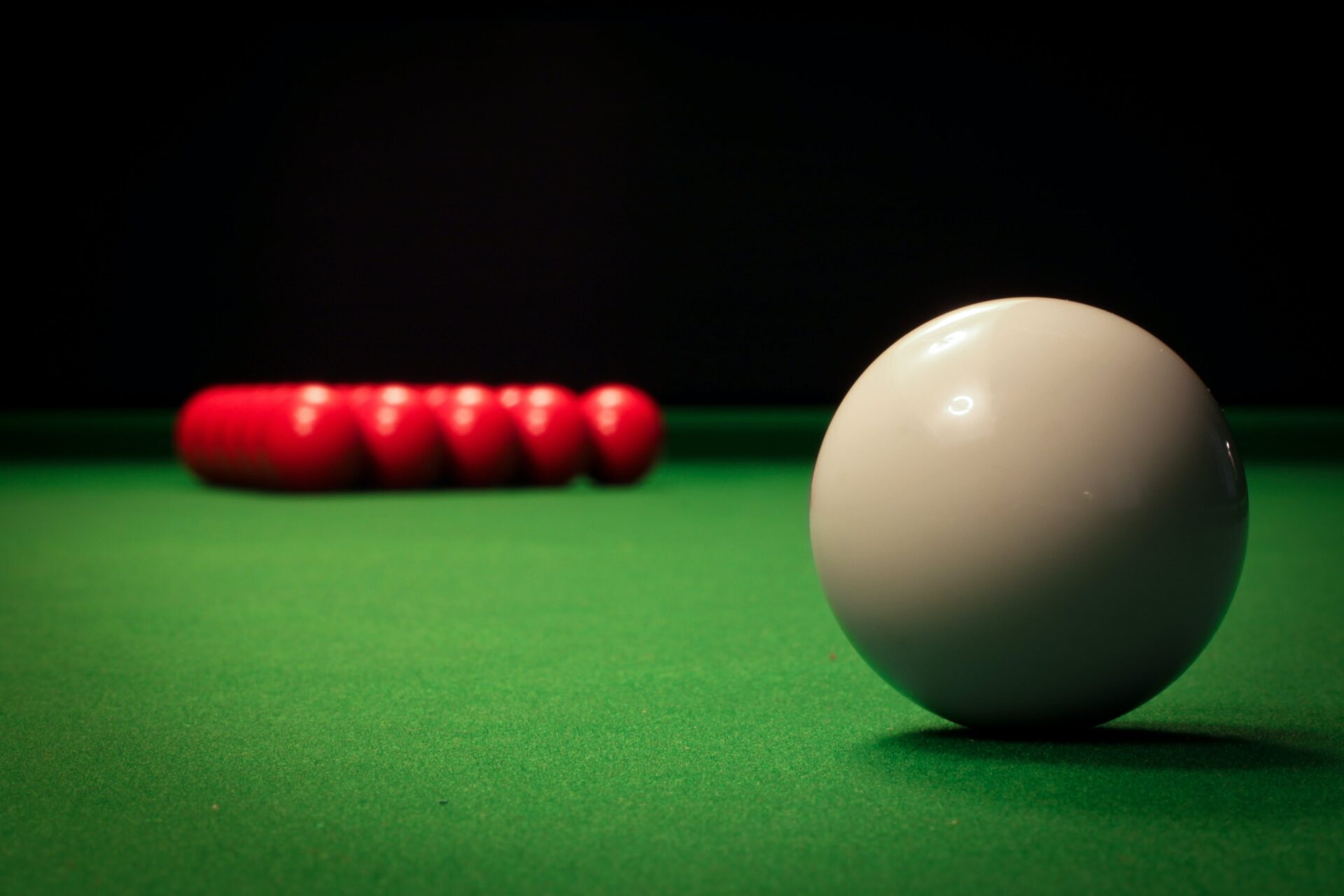Elasticity and bouncing balls: the relationship between these two terms may seem straightforward, but it is far more complex than meets the eye. Elasticity refers to the ability of an object to regain its original shape after it has been stretched or compressed. When it comes to bouncing balls, this property plays a crucial role in their behavior and performance. Interestingly, the relationship between elasticity and bouncing balls is a captivating subject that unveils a range of unique features and impacts.
One fascinating fact about bouncing balls is that their elasticity determines the height and speed of their bounce. As a ball is dropped onto a hard surface, it undergoes deformation upon impact, which compresses its material and stores potential energy. The ability of the ball to regain its original shape and release this stored energy propels it into the air, causing it to bounce back up. This phenomenon is a result of the elastic nature of the ball’s material, which allows it to absorb and then release energy efficiently. Understanding the unique relationship between elasticity and bouncing balls allows us to delve deeper into their fascinating properties and explore the key takeaways that can enhance our understanding and application of these principles. So, let’s now explore these key takeaways to unravel the intricate behavior of bouncing balls.
Key Takeaways
1. Elasticity in bouncing balls is a complex relationship that is influenced by various factors such as the material, shape, and size of the ball, as well as the surface it bounces on and the force with which it is dropped.
2. The coefficient of restitution (COR) is a measure of a ball’s elasticity and is defined as the ratio of the ball’s outgoing velocity to its incoming velocity after bouncing. A COR of 1 represents a perfectly elastic collision, while a COR of 0 represents a completely inelastic collision.
3. The elasticity of a ball can be affected by the ball’s material properties, such as its stiffness and density. Balls made from materials like rubber tend to be more elastic, while those made from harder materials like metal may be less elastic.
4. The surface on which a ball bounces also plays a crucial role in its elasticity. Softer surfaces, like grass or carpet, tend to absorb more energy upon impact, resulting in less bounce compared to harder surfaces like concrete or hardwood.
5. The air pressure inside a ball also affects its elasticity. Higher air pressure generally makes the ball more elastic and bouncy, while lower air pressure can result in a less elastic bounce.
What is the relationship between Elasticity and Bouncing Balls?
Understanding Elasticity
Elasticity is a fundamental concept in the field of physics that describes how an object responds to applied forces and returns to its original shape after being deformed. In the case of bouncing balls, elasticity plays a crucial role in determining the height and efficiency of their bounces.
The Concept of Bouncing Balls
Bouncing balls are objects that exhibit an elastic behavior when subjected to an external force, such as being dropped or thrown onto a surface. When a ball strikes a surface, it compresses, storing potential energy, and then rapidly returns to its original shape, converting the stored energy into kinetic energy, resulting in a bounce.
Factors Affecting Bounce Height
Several factors influence the bounce height of a ball:
- Material Elasticity: The elasticity of the ball’s material determines how efficiently it stores and releases energy. Materials with higher elasticity, such as rubber, tend to have greater bounce heights compared to less elastic materials.
- Surface Properties: The type and condition of the surface on which the ball bounces affect the energy transfer. Harder and smoother surfaces tend to produce higher bounce heights, while softer or rough surfaces dampen the bounce.
- Ball Size and Weight: Larger and heavier balls generally have lower bounce heights due to increased gravitational forces and reduced energy transfer efficiency.
- Drop Height: The initial potential energy of the ball is directly proportional to the drop height. Higher drops result in more stored potential energy and, consequently, higher bounce heights.
Elastic Potential Energy and Kinetic Energy Exchange
Bouncing balls demonstrate the conversion between elastic potential energy and kinetic energy. Initially, as the ball compresses upon impact, potential energy is stored within its material. As the ball returns to its original shape, this potential energy is converted into kinetic energy, resulting in the ball’s upward movement
Real-World Applications
The understanding of the relationship between elasticity and bouncing balls finds applications in various fields:
- Sports: Bouncing balls are integral to many sports, such as basketball, tennis, and ping pong. Understanding the relationship between elasticity and bounce can help athletes improve their performance.
- Engineering: Engineers utilize the principles of elasticity and bouncing balls in designing shock-absorbing materials, car suspensions, and other mechanical systems.
- Physics Education: The study of bouncing balls provides an engaging way to introduce concepts like elasticity, potential energy, and kinetic energy to students.
Conclusion
Elasticity and bouncing balls share a complex relationship, where the ball’s material, surface properties, size, weight, and drop height all contribute to the resultant bounce height. Studying this relationship finds practical applications spanning sports, engineering, and physics education, further emphasizing its significance.
What are some tips to maximize bounce height?
- Choose a ball made of highly elastic material, such as rubber or silicone.
- Ensure the bouncing surface is hard and smooth, minimizing energy loss.
- Opt for smaller and lighter balls to reduce gravitational forces and increase bounce efficiency.
- Experiment with different drop heights to find the ideal balance between potential and kinetic energy.
Frequently Asked Questions
1. What is elasticity?
Elasticity refers to the ability of an object or material to resume its original shape and size after experiencing external forces.
2. How does elasticity relate to bouncing balls?
In the context of bouncing balls, elasticity determines how high the ball will rebound after hitting a surface. The more elastic the ball is, the higher it will bounce.
3. What factors affect the elasticity of a bouncing ball?
Several factors influence the elasticity of a bouncing ball, including the material it is made of, the air pressure inside the ball, and the surface it bounces on.
4. Can the elasticity of a ball be measured?
Yes, the elasticity of a ball can be measured using a coefficient of restitution, which calculates the ratio of the final velocity to the initial velocity after bouncing.
5. Why do some balls bounce higher than others?
Some balls bounce higher than others due to differences in their elasticity. Balls with higher elasticity will store more energy upon impact and release it more efficiently during the rebound, resulting in a higher bounce.
6. Are rubber balls more elastic than plastic balls?
Generally, rubber balls tend to be more elastic than plastic balls. Rubber has a higher elasticity because its molecular structure allows for greater deformation and better energy absorption and release.
7. Can the elasticity of a ball change over time?
Yes, the elasticity of a ball can change over time, especially if it undergoes wear and tear or exposure to extreme temperatures. Aging, usage, and environmental factors can affect the elasticity of the material.
8. How does temperature affect ball elasticity?
Temperature can have a significant impact on ball elasticity. Extreme cold tends to make balls less elastic, as the materials become stiffer and lose their ability to deform and rebound efficiently.
9. Are there practical applications of studying elasticity and bouncing balls?
Yes, studying elasticity and bouncing balls has numerous practical applications across various fields, such as physics, engineering, sports, and product development. Understanding and manipulating elasticity can help optimize performance and design in these areas.
10. Can the elasticity of a ball be enhanced or altered?
Yes, the elasticity of a ball can be enhanced or altered through changes in its composition or design. For example, adding certain additives to the material or modifying the ball’s structure can improve its elasticity.
Final Thoughts
Understanding the complex relationship between elasticity and bouncing balls is not only fascinating but also essential in various scientific and practical contexts. Whether it’s designing a high-performance sports ball or analyzing the behavior of objects in motion, elasticity plays a crucial role. By delving deeper into this topic, we gain insights that can be applied to improve everyday objects and contribute to innovation in different industries.
Next time you observe a bouncing ball, take a moment to appreciate the intricate dynamics at play. The science behind the way a ball alters its shape and releases energy upon impact is truly remarkable. Elasticity allows us to witness the interactions of forces and materials, making the simple act of bouncing a ball a captivating demonstration of physics in action.




